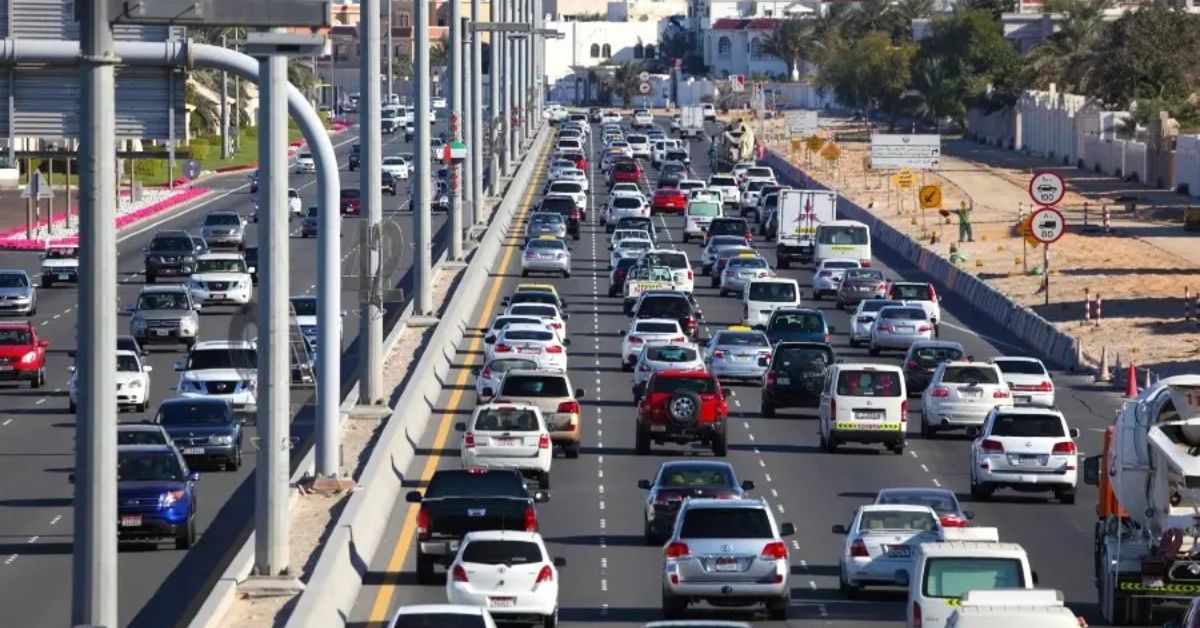Driving in Abu Dhabi is about to feel a little different, and a lot safer. The capital has rolled out a set of fresh traffic rules for 2025, tightening enforcement, updating penalties, and introducing new compliance measures. Whether you’re a daily commuter, a tourist behind the wheel, or a long-time resident, understanding the Abu Dhabi Traffic Rules 2025 will help you stay safe, smart, and fine-free on every drive.
In this post, we’ll walk you through the top changes, why they matter, and tips for adapting as you drive across the emirate.
Why These Changes?
Abu Dhabi officials have emphasized public safety, smoother traffic flow, and greater accountability as the key drivers behind the new rules. The city is growing fast, roads are seeing more stress, and technology is being used more aggressively to enforce compliance. The 2025 regulation updates mean you’ll face civil and criminal liabilities if you don’t follow the law.
In short: the rules aren’t just about fines, they aim to make every road user more responsible.
Thinking of bringing your family to join you in the UAE? Before you do, it’s worth reading the latest Sponsor Family Visa Update to understand the new requirements and income rules.
Top 5 Rule Changes (and What They Mean for You)
Here are the main updates you must know. Think of them as your “need-to-know” Abu Dhabi traffic rules:
1. No More Speeding Cushion
Gone is the “buffer” that allowed drivers to go a few km/h over the limit without penalty. In Abu Dhabi, even 1 km/h above the posted limit can land you a fine.
- 1–20 km/h over → AED 300
- Up to ~30 km/h over → AED 600
- Severe violations → Up to AED 3,000 and possible vehicle impoundment
- Also, some highways now have minimum speed limits; driving too slowly might trigger fines.
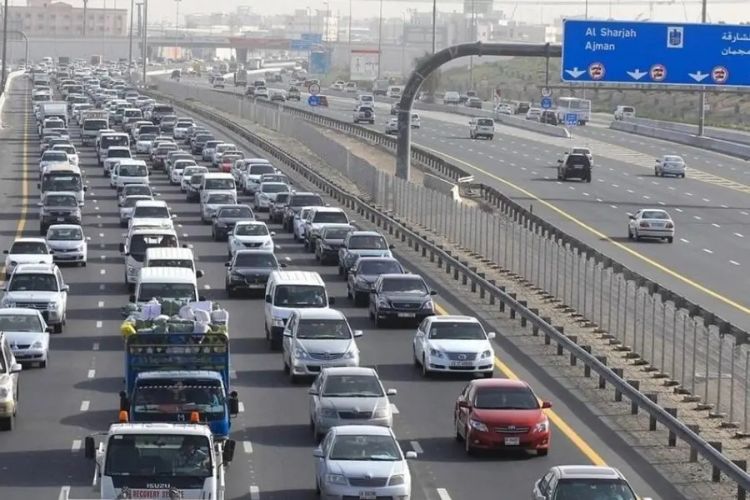
2. Smarter Surveillance & Alert Systems
Cameras and AI-driven tech are no longer just buzzwords, they are now core to enforcement:
- Violations like not yielding to pedestrians, illegal overtaking, using a phone while driving, or sudden swerving are monitored.
- A road-alert light system displays red, blue, or yellow flashing signals to warn of accidents or poor weather ahead, visible from up to 200 m.
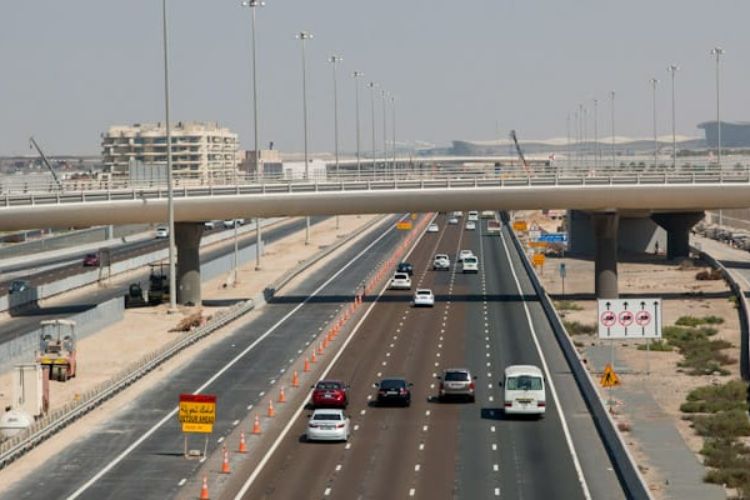
3. Harsher Penalties for Common Violations
Some of the familiar rules remain, but their fines and point penalties have been ratcheted up:
- Running a red light: AED 1,000 + 12 black points + possible 30-day impoundment
- Using mobile while driving: AED 800 + 4 black points
- Not wearing seat belts: AED 400 + 4 black points
- Failing to stop for pedestrians: AED 500 + 6 black points
- Driving without valid insurance: AED 500 + 4 black points
- Reckless driving: AED 2,000 + 23 black points + possible 60-day impoundment
If you accumulate 24 black points in a year, your licence can be suspended.
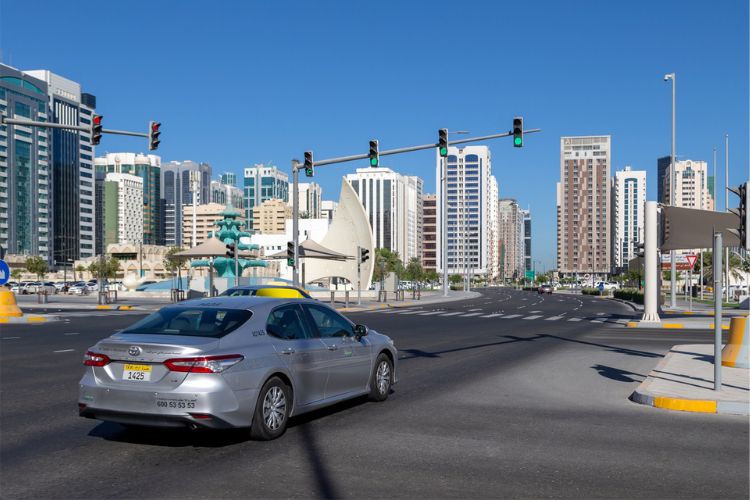
4. New Minimum Driving Age & Noise Regulations
- The legal minimum age to drive in Abu Dhabi is now 17 years.
- Noise pollution rules have also been tightened, meaning certain exhausts, horns, or sound systems may now face stricter limits.
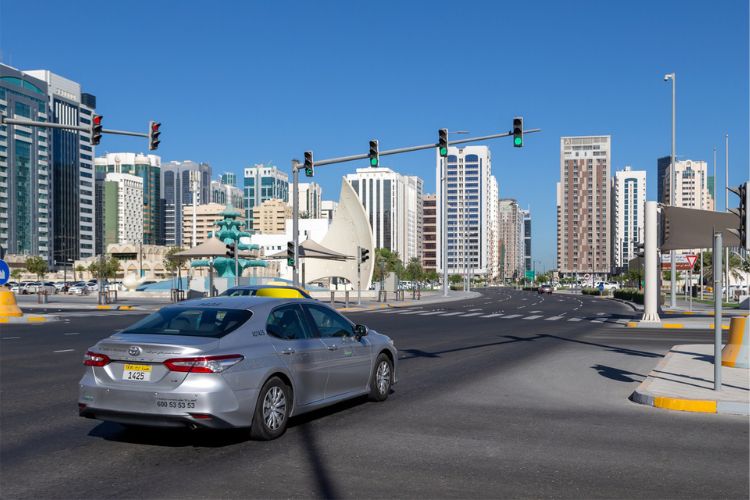
5. Toll (Darb) Changes
From September 1, 2025, Abu Dhabi is extending the operational hours for the Darb road toll by two hours daily.
Even more importantly, the daily and monthly toll caps are being removed, meaning there’s no ceiling on how much you might pay in a given period.
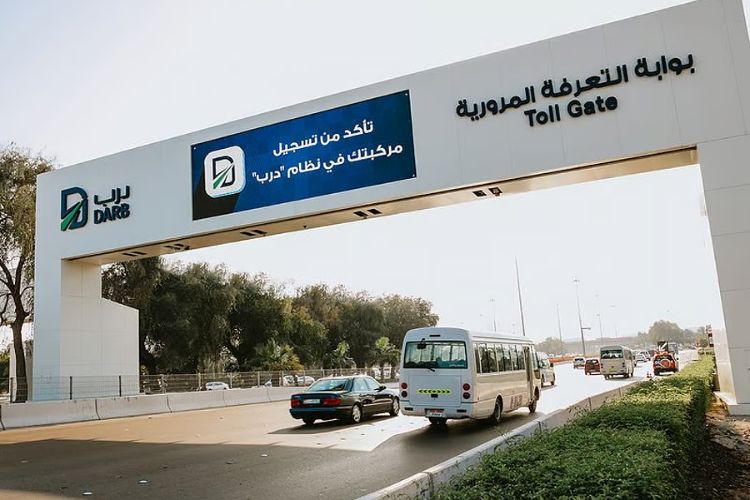
Special Note: Heavy Vehicles Restrictions
Though most of these updates target regular motorists, there are also new rules aimed at large and heavy vehicles (trucks, trailers, etc.):
- During peak hours (roughly 6:30-9:00 am and 3:00-6:00 pm), heavy vehicles are restricted from using major highways like Sheikh Zayed Road, Corniche Road, and E22 (Abu Dhabi–Al Ain).
- These changes help reduce congestion by diverting or limiting freight traffic during the busiest times.
If you’re driving a rental car (i.e. not a heavy truck), these rules may impact you indirectly, reduced truck traffic often means smoother roads, but rerouting or alternate traffic flows could shift how congested certain routes become.
How to Stay Safe and Avoid Fines Under the Abu Dhabi Traffic Rules 2025
Here are some practical tips to keep you on the safe side of the law:
- Stick tightly to speed limits. With no buffer allowed now, even a tiny overshoot might cost.
- Plan your travel outside peak hours where possible, especially if covering long distances.
- Use updated GPS / navigation apps. Many apps are now factoring in the new rules and will help avoid surprise red zones or toll changes.
- Watch for alert lights and signage. The traffic alert system flashes ahead, and signage has been updated in many places.
- Always carry valid documents, insurance, license, vehicle registration, and double-check before setting off.
- Drive defensively, especially around pedestrian crossings. Quadruple check, because cameras will catch violations.
- Be mindful of noise rules, avoid loud exhausts, honking, or amplified sound in your car.
Final Thoughts
Change is rarely fun at first, especially when it comes to how and how fast you can drive. But Abu Dhabi traffic rules 2025 reflect a serious push toward more disciplined, safer, technology-assisted road use. The fines are steep, the cameras vigilant, and the expectations high.
Yet, with a little awareness and care, you can glide through the city without worry. Be alert, follow the signs, and don’t assume leniency.

